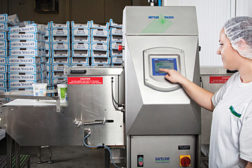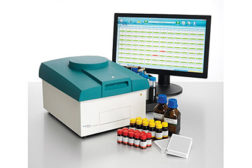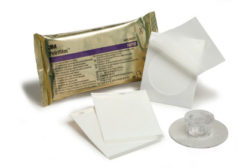Home » dairy food safety
Articles Tagged with ''dairy food safety''
Hard-to-clean dairy processing equipment is poorly designed equipment. Hard-to-reach areas and nooks and crannies probably will not be properly cleaned and sanitized.
Read More
Food safety
FSMA Timetable Reset: Court Orders & Re-Writes
Use this 3-year enforcement timeline when planning for employee training and compliance with the Food Safety Modernization Act.
April 11, 2014
Equipment, lab tests, employee training contribute to food safety
Go beyond HACCP plans and GMPs to assure that dairy foods are manufactured safely. Take advantage of advances in CIP technology, detection devices and environmental air samplers.
April 6, 2014
Supplier news
Thermo Fisher’s new West Coast facility offers off-site screening
March 31, 2014
Stay ahead of the curve. Unlock a dose of cutting-edge insights.
Receive our premium content directly to your inbox.
SIGN-UP TODAYCopyright ©2024. All Rights Reserved BNP Media.
Design, CMS, Hosting & Web Development :: ePublishing










